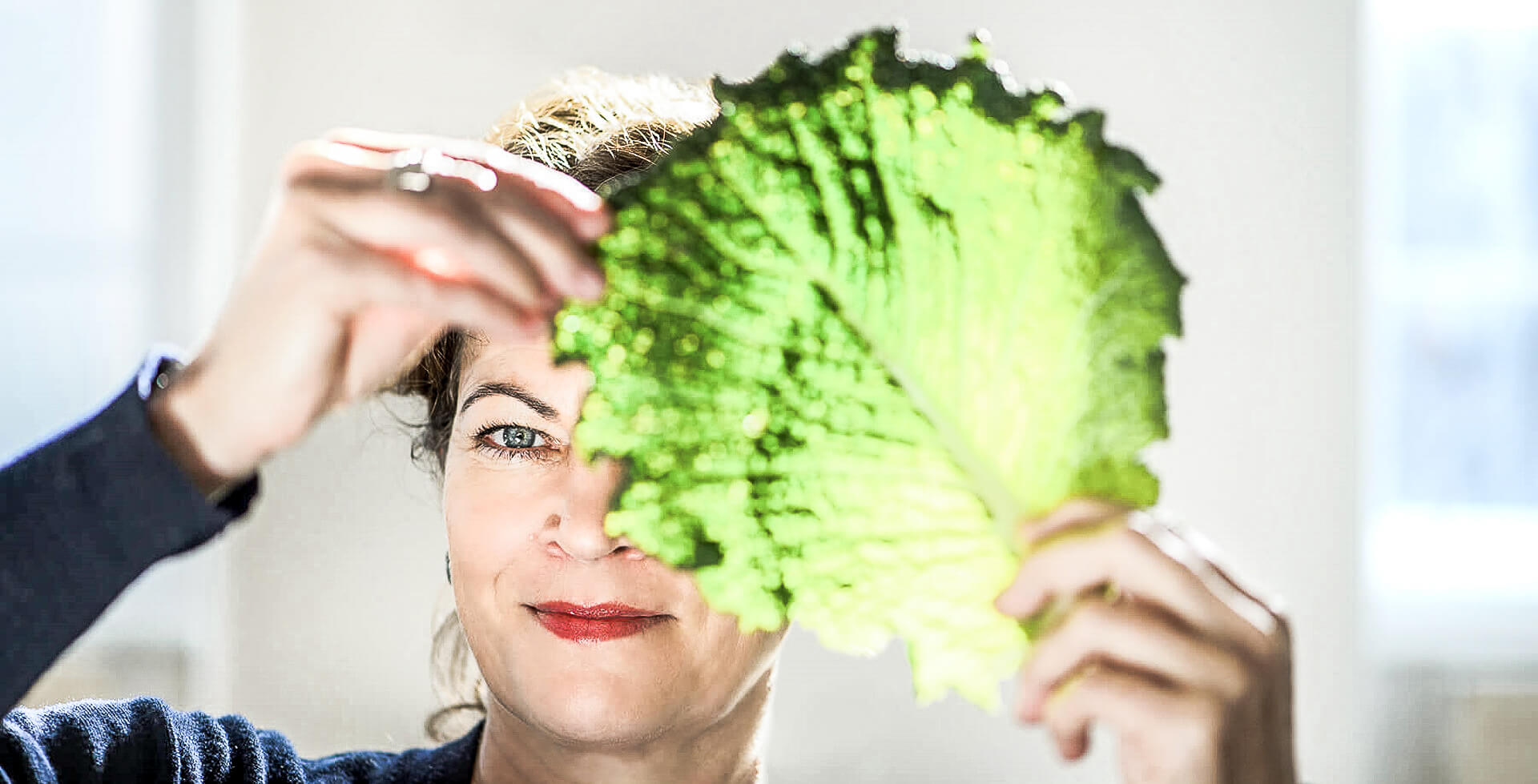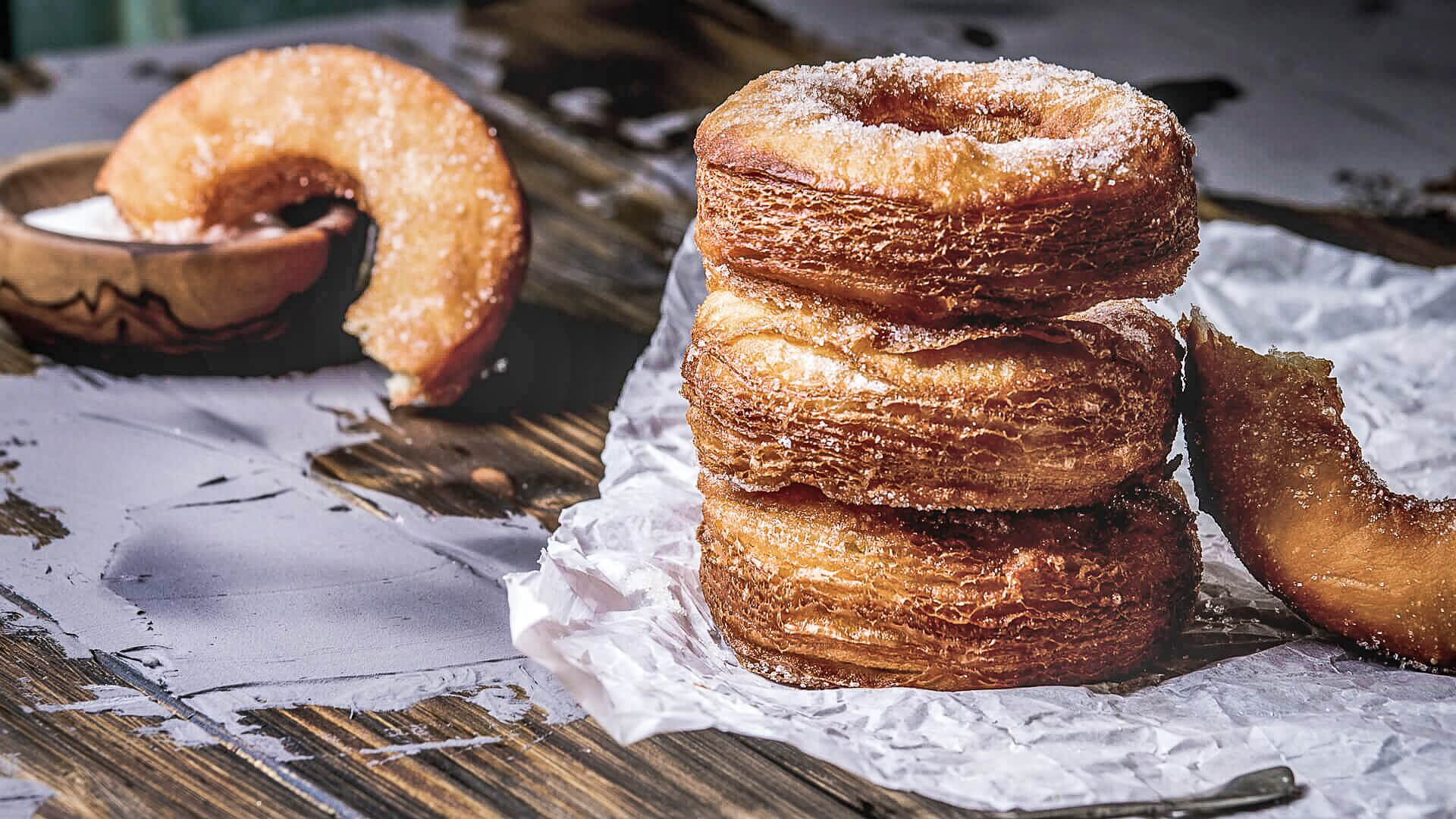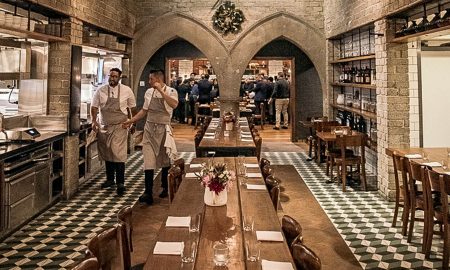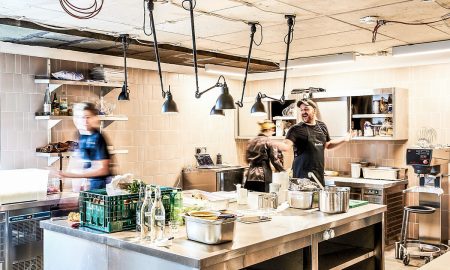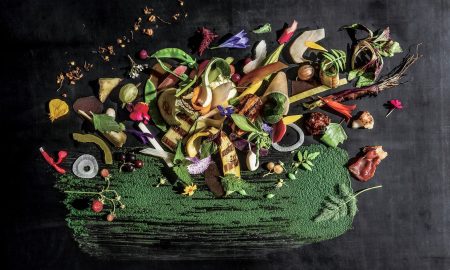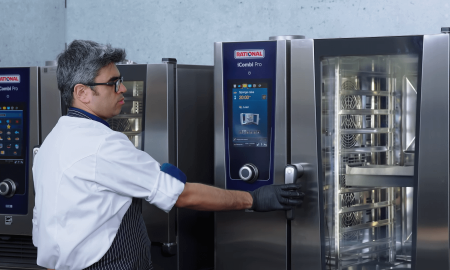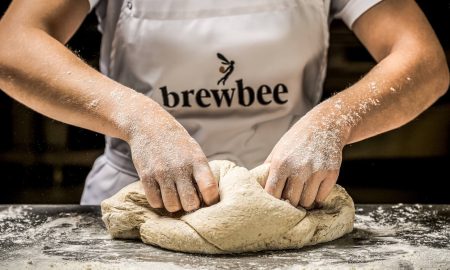First of all, what exactly is champagne? Champagne is a sparkling wine that is known across the world to be one of the finest drinks. The production is subject to strict manufacturing regulations; for example, the grapes used in the production must come exclusively from the Champagne wine region in France.
You only ferment twice.
When the grapes are placed into the wine-making vats, yeast converts the sugar into alcohol and CO2. The CO2 evaporates, but the alcohol remains, which results in a wine with around 12 % alcohol content. The trick is now to combine the sugar and yeast together with the wine in one bottle (the champagne method = classic bottle fermentation, another production method). The yeast is delighted and goes on to produce new alcohol and CO2, unaware that it is actually causing its own demise in the process. In fact, the CO2 content, which can now no longer escape, increases the pressure in the bottle by around 5 atm. Since the yeast dies under pressure, fermentation is complete.
Sieh dir diesen Beitrag auf Instagram an
Let the corks pop!
When the bottle is opened, the CO2 volume (approx. 1 ounce) located under the cork suddenly increases and the pressure drops from 5 atm to 1 atm. And this makes something happen indeed! In a bottle heated to 53 degrees Fahrenheit, the volume has more than quadrupled, and the cork shoots out of the bottle at almost 30 miles per hour. At the same time, the CO2 temperature drops to -121 °F under the influence of adiabatic expansion. The water vapor freezes immediately, which explains the white “smoke” you sometimes see when you open the bottle. Another part of the energy is converted into noise, which makes a big bang.
Raise your glass!
Once the champagne is in the glass, Henry’s law requires a balance between dissolved CO2 and the atmosphere. In order to achieve this balance, CO2 only has one option: to escape downwards. Does this mean by bubbling? Experiments have shown that in a perfectly cleaned champagne flute, the champagne does not bubble while CO2 escapes (no need to try this at home, it is impossible). In fact, CO2 requires surface roughness to form bubbles. The thermodynamics can calculate it: 16 bubbles per second at around 54 °F. Sensory analyses prove it: The smaller these bubbles are, the more consumers appreciate the champagne.
Sieh dir diesen Beitrag auf Instagram an
The perfect glass: Tulip or saucer?
Which glass shape is preferable for champagne – the tulip or the saucer? Gas studies using mass spectrometry are formal: The spray formed over the champagne is much more aromatic than the champagne itself. In a tulip, the spray stays very concentrated below the nose, which is not the case with a saucer glass. CO2 measurements also show that champagne loses much more gas in a saucer glass than in a tulip. Therefore, a tulip-shaped glass is the number one choice.
Thank you to Dr. Grégory Schmauch and the RATIONAL Cooking Research team for giving us an exciting insight into this topic!









